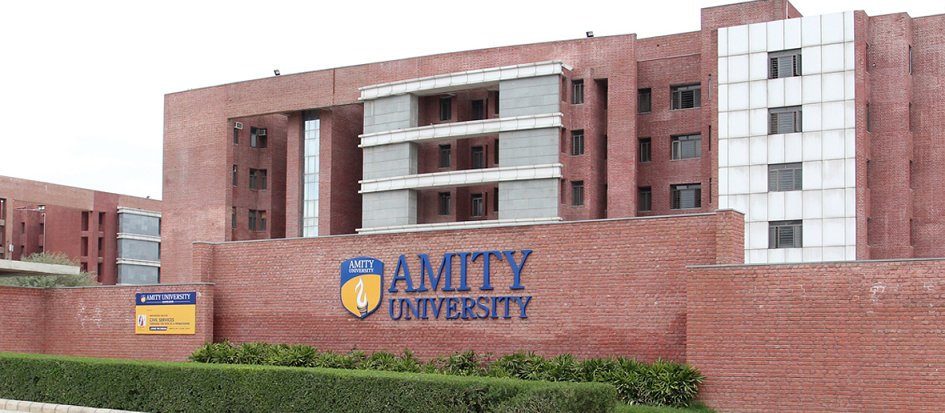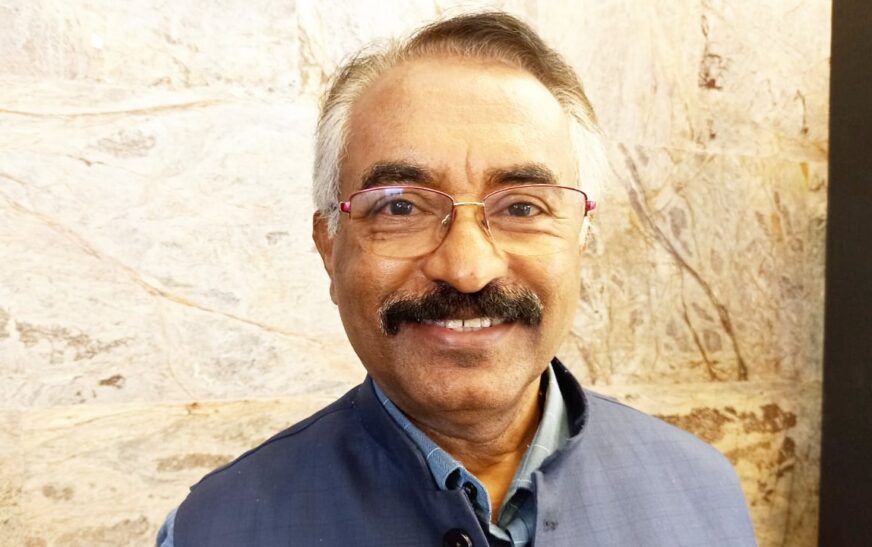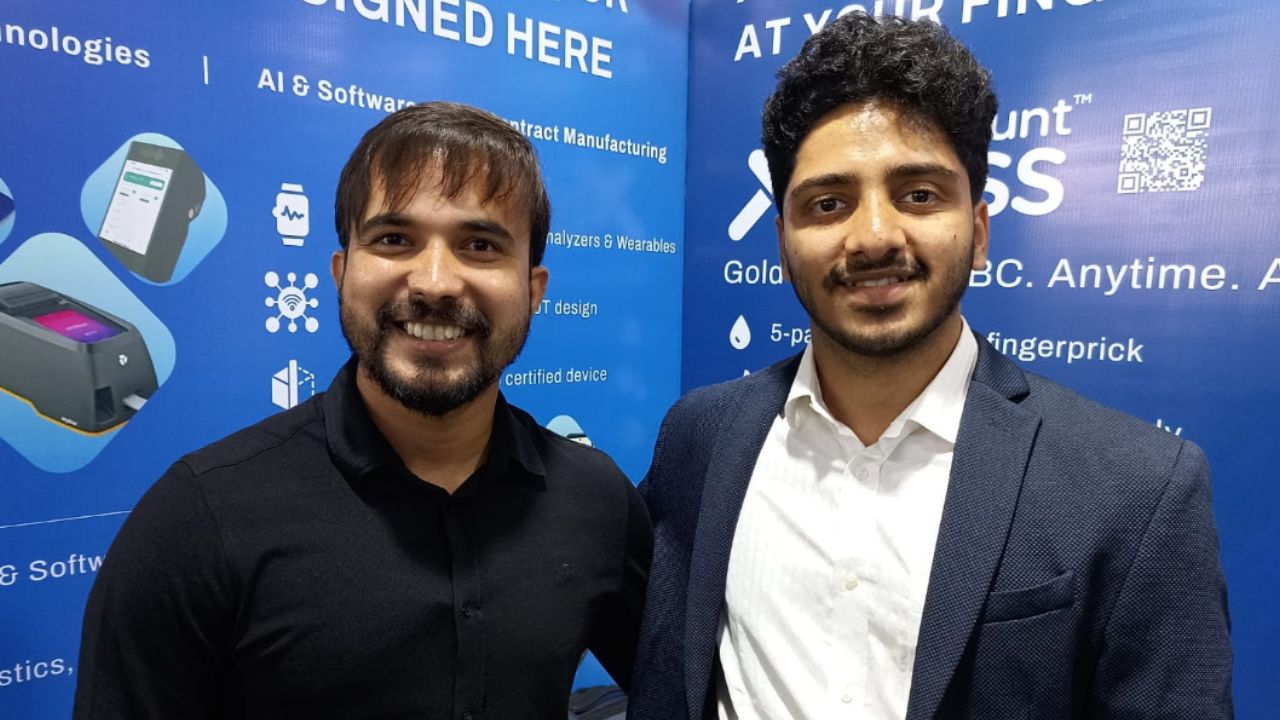Established in 2009 under Amity University Gurugram, Haryana, the Amity School of Economics (ASE) has emerged as a premier hub for economic scholarship and academic excellence. It delivers a robust portfolio of undergraduate, postgraduate, and doctoral programs that skilfully blend economic theory with advanced quantitative techniques.
What truly distinguishes ASE is its interdisciplinary vision. The curriculum integrates vital domains such as management, environmental studies, foreign languages, and political science—equipping students with a holistic understanding of global economic systems. Its distinguished faculty—comprising renowned scholars and seasoned industry professionals—fosters intellectual depth, critical thinking, and analytical precision.
ASE complements its academic rigor with state-of-the-art infrastructure and a research-driven pedagogy. Its industry-aligned curriculum empowers students to address complex, real-world economic challenges with clarity and confidence. Moreover, through conferences, research presentations, and interactive workshops, ASE nurtures articulate, globally conscious economists ready to lead in a rapidly changing world.
In an exclusive interaction with The Interview World during The Times of India Mission Admission, Prof. (Dr.) A. M. Jose, Head of the Amity School of Economics, Amity Business School at Amity University Gurugram, Haryana, shed light on ASE’s evolving curriculum aimed at developing future-ready global economic leaders. He shared his insights on India’s jobless economic growth, examined the impact of automation and emerging technologies on employment, and presented strategic policy recommendations for inclusive development.
Here are the key takeaways from his thought-provoking discussion.
Q: How is Amity University evolving its economics courses to prepare students as future global leaders in the field?
A: At Amity University, a key strength of our economics program lies in how we view and shape our students—not just as learners, but as emerging economists entrusted with real-world responsibilities. Our pedagogy is designed around this core principle: students must be equipped to perform the tasks of an economist with clarity, critical insight, and purpose.
To achieve this, we begin by mapping the knowledge that must be imparted. Broadly, we categorize this into four progressive levels—each building upon the other.
The first is conceptual knowledge. Every discipline, especially economics, rests on foundational concepts. Students must begin by grasping what economics fundamentally is. This extends to core ideas like poverty, consumption, and employment. Take poverty, for instance—understanding the term requires familiarity with various definitions. The World Bank, NITI Aayog (India’s former Planning Commission), and academic bodies such as the Tendulkar Committee propose varying poverty thresholds. The World Bank sets the benchmark at $2.15, $3.65, and $6.85 per day (PPP 2017), while the Planning Commission’s estimates have been significantly lower—for instance, as little as ₹33 per day. These variations stem from contextual, methodological, and policy-driven differences. Hence, a sound understanding of economic concepts is not optional—it’s the bedrock of economic thinking.
From this foundation, we move to descriptive knowledge. Students must analyse how these concepts manifest across regions and demographics. For example, understanding poverty means studying its extent globally, across continents, within nations, and among different groups—urban vs. rural, SC/ST vs. non-SC/ST, and so forth. Furthermore, students must move beyond a static, cross-sectional view and explore longitudinal trends: how poverty levels have evolved since India’s independence, or what socio-political factors have influenced these trajectories. This level ensures that students can describe and interpret patterns with precision.
The next critical layer is analytical or critical knowledge. At this stage, we encourage students to question and probe. Why does poverty persist in certain states like Bihar or Chhattisgarh, while Kerala shows minimal levels? What economic, historical, or social dynamics underpin these disparities? Such inquiries demand more than rote understanding—they require critical thinking. This analytical lens allows students to connect economic realities with societal and human implications.
Finally, we guide students toward prescriptive knowledge—policy-making. Equipped with conceptual, descriptive, and analytical insights, they now assess the effectiveness of existing policies. Were past poverty alleviation or employment schemes successful? Where did they fall short? What alternative approaches might yield better outcomes? Here, students transition from observers to problem-solvers—capable of crafting policy recommendations grounded in evidence and empathy.
Our ultimate goal is to nurture economists who not only comprehend the complexities of the economy and society but also contribute meaningfully to both. They must become citizens who act with empathy, who envision sustainable growth, and who strive for inclusive development. This, we believe, is the true role of an economist: to improve the quality of life—for people, for the planet, and through profit. Profit speaks to economic growth. Planet reminds us of sustainability. People represent equity and inclusion. These three pillars define the Amity approach to economic education.
Q: Given India’s rise as the fourth-largest economy amid high unemployment, how do you view this paradox of growth without jobs?
A: Yes, this is indeed a critical issue. In the early decades following independence, India was emerging from the shadows of colonial rule. We inherited a nation bereft of capital, devoid of modern technology, and lacking a skilled human resource base. We were rebuilding from scratch.
Yet, our visionary nation-builders laid the foundation for transformation by establishing premier institutions such as the IITs and IIMs. These institutions played a pivotal role in cultivating India’s human capital. Today, we continue to reap the dividends of those farsighted policies.
However, despite this progress, unemployment remains a persistent and complex challenge. Several structural and policy shortcomings have contributed to this situation. One such gap lies in our inability to fully harness the potential of small-scale industries, now referred to as SMEs.
Unlike China, which successfully transitioned its surplus rural labour into town and village enterprises, thereby creating a robust manufacturing sector, India struggled to achieve similar outcomes. Our rural labour force remains largely trapped in low-productivity agricultural work, with insufficient avenues for migration into industry. This has constrained both job creation and economic diversification.
Encouragingly, the current government has begun addressing this imbalance. The focus is gradually shifting from an exclusive emphasis on large-scale industries to a more inclusive strategy that integrates SMEs into the national development agenda. Here, rural infrastructure becomes crucial—particularly in the context of India’s digital transformation.
India now ranks among the top three nations globally in digital adoption. By decentralizing access to emerging technologies such as artificial intelligence and digital platforms—not just in urban hubs but in rural regions as well—we can unlock immense opportunities for small enterprises. Empowering rural SMEs can, in turn, generate employment at scale and absorb surplus labour more effectively.
While high-end, technology-driven jobs command significant demand and wages, we must not overlook the foundational workforce required by SMEs. These enterprises need skilled workers in manufacturing, operations, logistics, and services. Therefore, a parallel push is necessary to develop rural skill ecosystems, alongside infrastructure, finance, and market linkages. Together, these factors can enable India to evolve into a formidable manufacturing hub—on our own terms, not by replicating China, but by building an India-centric model of self-reliance.
Import substitution is one key goal. We must empower our SMEs to produce domestically what we currently import, especially from countries like China. This shift would not only strengthen our industrial base but also ensure gainful employment for millions in rural India.
At the same time, there is nothing wrong with pursuing global opportunities through advanced education. India is the world’s largest exporter of human capital, and our diaspora is a significant source of foreign remittances. In fact, Indians constitute the top earners in the United States and Germany, particularly in the technology sector. Many global companies are led and run by Indian professionals, a testament to the strength of our education and talent.
This global recognition is a source of immense national pride. It proves that India’s human resource potential is world-class. Yet, we must simultaneously address the domestic challenge: training our surplus agricultural labor to transition into productive roles in rural enterprises. This shift will enable value addition in the agricultural sector and foster sustainable employment and income growth across rural India.
That, in my view, is the dual path forward—leveraging global opportunities while unlocking local potential.
Q: With automation and emerging technologies demanding high-level skills like AI/ML, how do you view their impact on employment opportunities for less tech-skilled workers?
A: Let me illustrate with a simple example. When computers first entered the scene, I witnessed resistance firsthand—particularly in one state, where people actively opposed computerization in the banking sector. Their fear? That automation would eliminate jobs.
However, history has proven otherwise. Today, technology is the defining force behind the progress of every economy and society. We must view it not as a threat, but as a powerful catalyst for growth. Far from replacing humans, technology—when harnessed wisely—amplifies our capabilities and creates new avenues for employment.
Imagine if banks had refused to adopt computers during the early wave of digital transformation. Where would we be now? It’s nearly impossible to envision modern banking without technology. Likewise, artificial intelligence, robotics, and automation must be seen as tools to enhance human productivity and deliver superior-quality products and services.
As we move forward, a multitude of new opportunities will emerge. The question isn’t whether technology will take away our jobs—it’s how it will reshape them. In fact, technology has the potential to liberate us from gruelling 12- to 15-hour workdays. If machines can handle repetitive tasks, humans could work fewer hours—perhaps just four to six a day—while still sustaining a high standard of living. This shift could dramatically reduce human suffering and redefine quality of life.
Therefore, technology should not be seen as a threat to employment. At worst, it may trigger transitional challenges—structural shifts that demand adaptation. But history has shown that society always rises to meet such shifts. The waves of technological innovation will continue to arrive. It’s our responsibility to ride them with foresight, flexibility, and purpose.
Q: What key recommendations would you offer the government to ensure truly inclusive development across all sections of society in India?
A: One of India’s most pressing challenges remains the persistent urban–rural divide. Despite decades of progress, this gap continues to hinder inclusive development.
Agriculture still employs a majority of India’s workforce. Yet, the average income of farmers and those dependent on farming remains far from viable. Bridging this income gap must be a national priority. Improving rural earnings requires a focused strategy—one that builds rural infrastructure, increases investment, strengthens networks, and enhances skills among rural youth. With these elements in place, rural enterprises can thrive, and rural communities can become self-reliant economic engines.
In my view, inclusive development begins and ends with rural empowerment. Even after more than seven decades of independence, several states continue to lag behind. Without serious attention to rural development, we cannot address inequality in any meaningful way.
Another critical dimension is institutional. Although India has decentralized governance—from the Centre to states, and further to districts—the local self-government institutions remain alarmingly weak. In most states, these bodies struggle to identify development needs, deliver public services, or offer solutions to local problems. Decision-making is often undemocratic, riddled with corruption, favoritism, and bureaucratic inertia.
Strengthening grassroots democracy requires more than administrative reform. It demands a cultural shift—towards civic responsibility, ethical leadership, and participatory governance. Ethical education plays a central role here. We must nurture empathy, integrity, and a deep sense of community among our youth. I often speak of the “three Ps”: People, Planet, and Profit. Prioritizing profit alone leads to unsustainable growth. We must restore balance—between economic ambition and social responsibility.
Sustainable development isn’t a new idea. Visionaries like Mahatma Gandhi, Dindayal Upadhyay, and J.C. Kumarappa long ago championed village self-reliance, integral humanism, and community-based development. Their wisdom reminds us: India’s soul resides in its villages. Yet, participatory development remains elusive. To truly progress, we must rebuild our democratic institutions and foster a culture grounded in empathy, ethics, and collective well-being.
Finally, we must prepare for the realities of a globalized world. India’s demographic dividend—its youthful population with an average age of just 29—offers immense potential. But to unlock it, we must reform our education system. Our graduates must be equipped not just for domestic employment but for global competitiveness. The world is watching. If we get this right, India’s youth will not only fuel national growth—they will shape the future of the global workforce.









